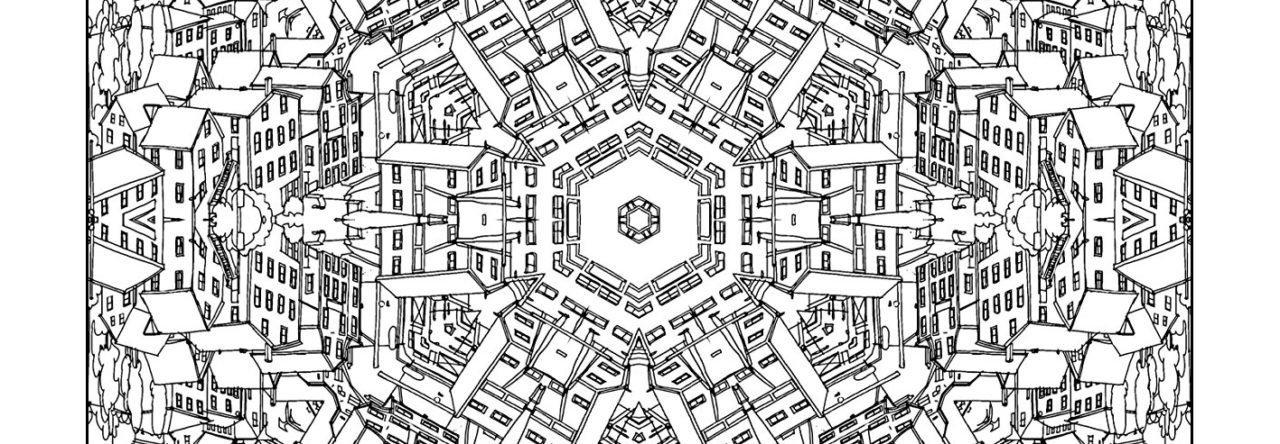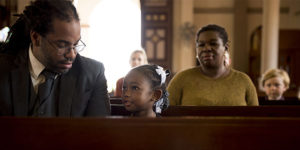
At about this time every year, I notice a decoration going up on a house or a costume for sale in a shop and think to myself: ‘Ah yes, I really must work out what to do about Halloween—what should our family “policy” be?’
Just shut the door?
When our kids first became old enough to notice that something was going on, I was a little bit afraid of Halloween and we had a ‘just shut the door’ policy. I couldn’t understand why anyone would want to deliberately scare children for fun. I told my kids simply, ‘We don’t do Halloween in our family’.
Then our children started seeing the neighbourhood kids walking past, all dressed up to go ‘trick or treating’. ‘Can we go too?’ they started to ask.
Just hospitality?
My next policy was one of ‘just hospitality’. I thought how sad it would be if the only house in the street with their door shut was the one where the Christians lived. So we began putting a bowl of lollies outside the house and welcoming trick or treaters as they passed. I let our kids get dressed up if they wanted to and encouraged them to invite the trick or treaters to come and take something. Gradually, my kids started making homemade decorations too. One year, they made a skull out of Lego. Another year, they wanted to try carving a pumpkin.
This week I listened to a podcast from Faith in Kids and was inspired by the example of some Christian families who make little gift bags to give out to the kids of their neighbourhood, sometimes including a Bible verse or a Christian Halloween story or tract (you can find some here and here).
No fear!
In previous years, I have felt reluctant to actively participate in Halloween beyond buying a few bags of lollies. I didn’t like all the dark spiritual undertones and the themes of death, violence and fear that seemed so anti-Christian.
However, my approach has changed since reading an article by James Jordan (there’s also a video from SpeakLife that takes a similar approach). Jordan explains the Christian origins of Halloween or All Hallow’s Eve (the night before All Saints Day) like this:
‘The concept, as dramatised in Christian custom, is quite simple: On October 31, the demonic realm tries one last time to achieve victory, but is banished by the joy of the Kingdom. What is the means by which the demonic realm is vanquished? In a word: mockery. Satan’s great sin is pride. Thus, to drive Satan from us we ridicule him … because he has lost the battle with Jesus and he no longer has power over us …
Keep reading over at Growing Faith, a Christian online magazine for parents. Find out more about Growing Faith and subscribe to our monthly e-newsletter here.

